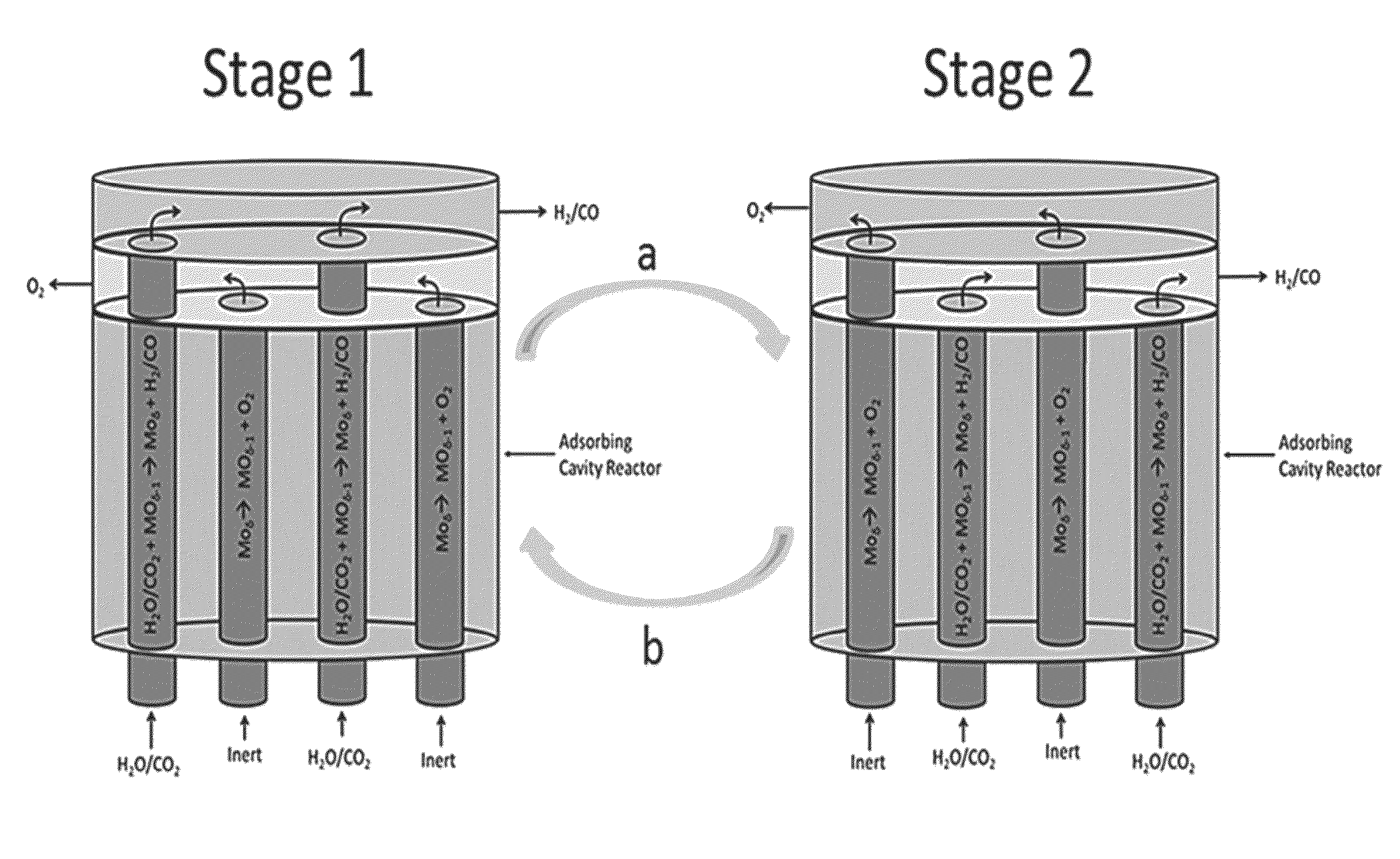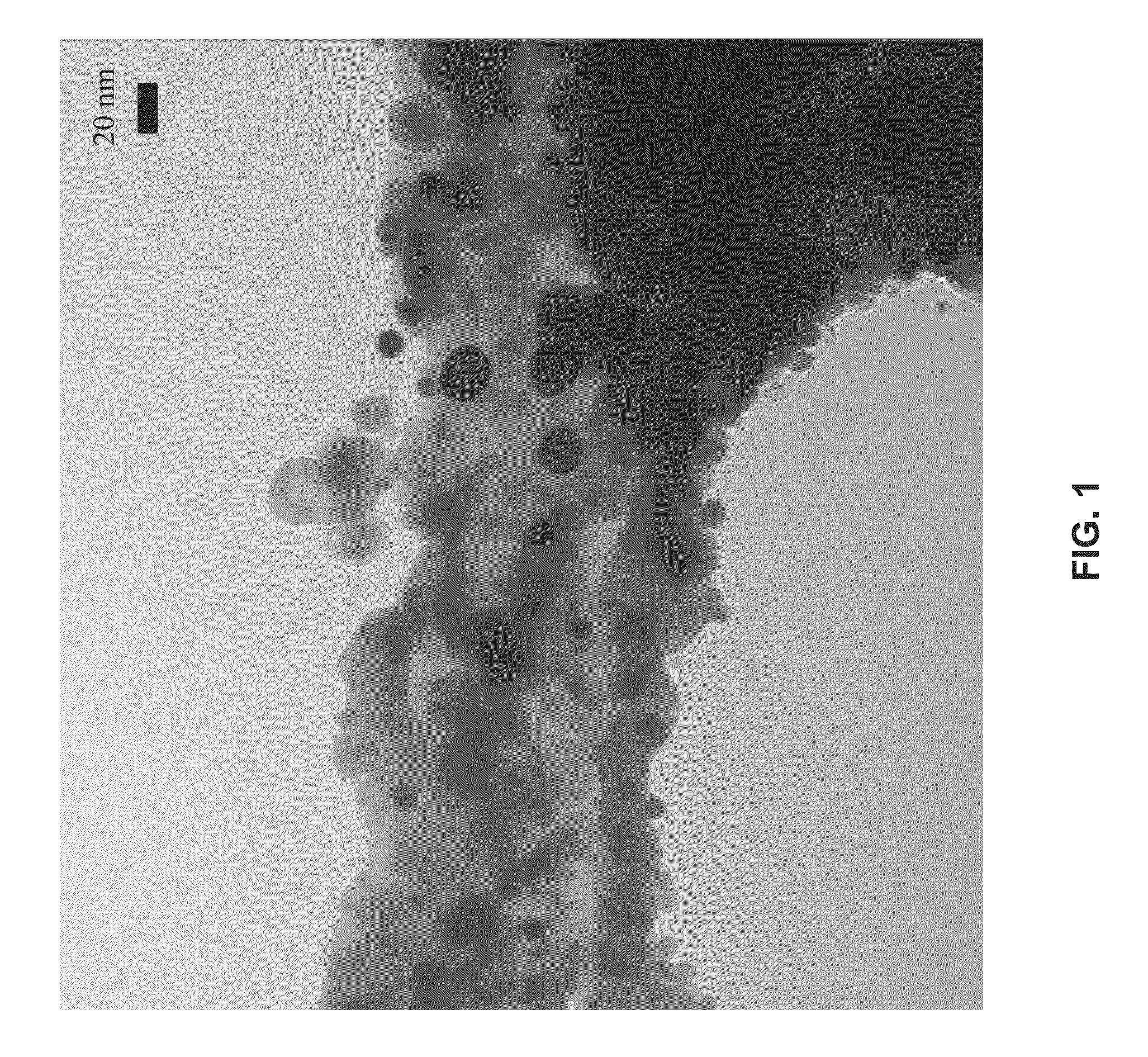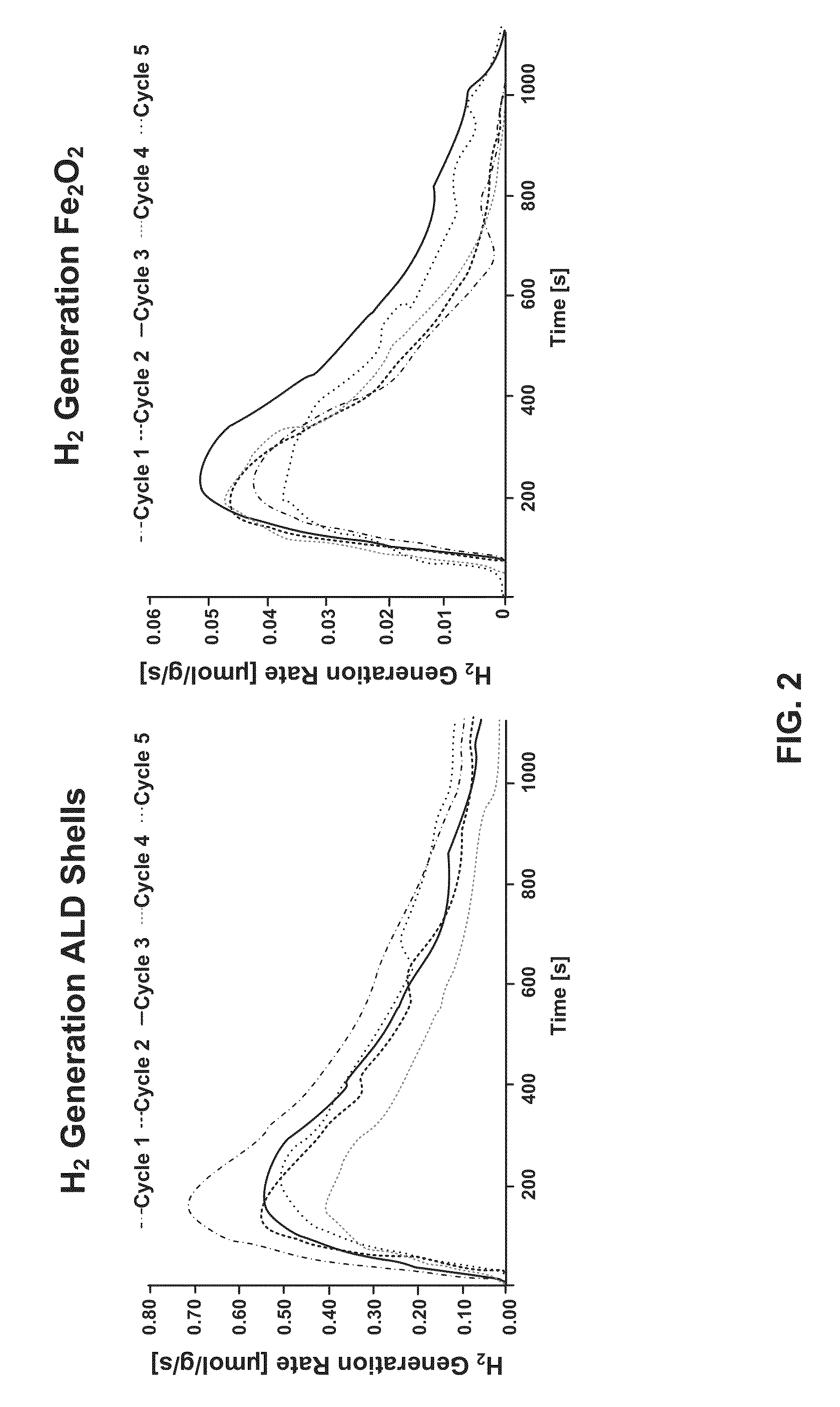Methods and apparatus for gas-phase reduction/oxidation processes
a reduction/oxidation and gas-phase technology, applied in the direction of lighting and heating apparatus, gas-gas reaction processes, liquid-gas reaction of thin-film type, etc., can solve the problems of reduced process efficiency, undesirable oxidation and reduction steps of redox cycles, and reduced process efficiency, so as to achieve fast overall kinetics, efficient heat and mass transfer, and increase surface area
- Summary
- Abstract
- Description
- Claims
- Application Information
AI Technical Summary
Benefits of technology
Problems solved by technology
Method used
Image
Examples
Embodiment Construction
[0039]The description of exemplary embodiments of the present disclosure provided below is merely exemplary and is intended for purposes of illustration only; the following description is not intended to limit the scope of the invention disclosed herein. Moreover, recitation of multiple embodiments having stated features is not intended to exclude other embodiments having additional features or other embodiments incorporating different combinations of the stated features.
[0040]The present disclosure provides an improved method and an apparatus for splitting gas-phase reactants using redox reactions under substantially isothermal conditions and / or using a solar reactor system. As set forth in more detail below, the method and apparatus include an active redox material (e.g., high surface area material selected from the group consisting of one or more of: ceria, M-ferrite and hercynite material) to facilitate splitting of the gas phase reactant.
[0041]Metal oxides suitable for use with...
PUM
| Property | Measurement | Unit |
|---|---|---|
| temperature | aaaaa | aaaaa |
| temperature | aaaaa | aaaaa |
| temperature | aaaaa | aaaaa |
Abstract
Description
Claims
Application Information
 Login to View More
Login to View More - R&D
- Intellectual Property
- Life Sciences
- Materials
- Tech Scout
- Unparalleled Data Quality
- Higher Quality Content
- 60% Fewer Hallucinations
Browse by: Latest US Patents, China's latest patents, Technical Efficacy Thesaurus, Application Domain, Technology Topic, Popular Technical Reports.
© 2025 PatSnap. All rights reserved.Legal|Privacy policy|Modern Slavery Act Transparency Statement|Sitemap|About US| Contact US: help@patsnap.com



